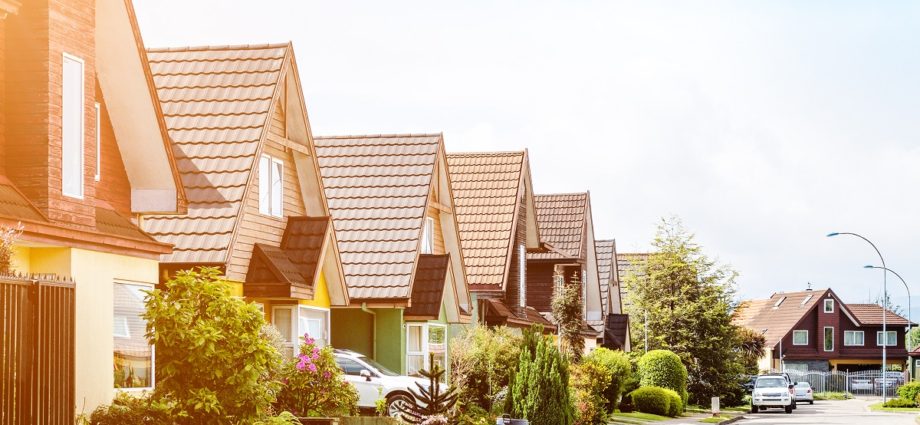PHOTO: CoreLogic
Property prices rose strongly in the second half of 2020 and now rents have started to accelerate too – especially at the lower end of the market, where growth was about 9% last year. With lower value property also delivering the highest gross yield and the largest gains in property values last year, this segment is where overall returns were highest (16%). Of course, with more regulation set to bite in 2021, investors may not see such strong returns this year.

Not only are the prices being paid to buy houses rising pretty quickly at the moment, but rents have started to increase more rapidly too. On the latest data from MBIE/Tenancy Services (covering new bonds lodged), rents in the three months to December were 8.0% higher than a year earlier – or $480 per week, up from $445 a year ago. It’s quite striking that the growth isn’t just in the main centres either – as the first chart shows, areas such as Gisborne, Invercargill, and Whanganui have actually seen larger rises.

In addition to the regional breakdown, the bonds data is also split by segment/tier, to see whether it’s the top or bottom end (or middle) of the market that’s driving the upturn in rents. As the second chart shows, after a blip in the middle of 2020, it was the lower end of the market that had picked up the most by year-end, with lower quartile rents growing more than 9% annually (the lower quartile figure has 25% of rents below it, or 75% above). But the median and upper quartile rents had also accelerated too by the end of 2020.
In other words, much like the growth in property values in the second half of 2020, the recent rise in rents has been broad-based across geographical areas and different segments/tiers of the market. That said, it’s probably also worth a word of caution around the data. For example, the methodology behind these figures has recently changed and it appears that sample sizes might have dipped (which could have affected the results). In addition, the previous COVID-related freeze on rents may also have meant that some landlords have recently been trying to ‘catch up’.

READ MORE VIA CORELOGIC













